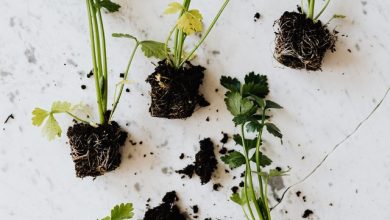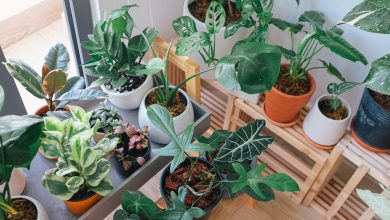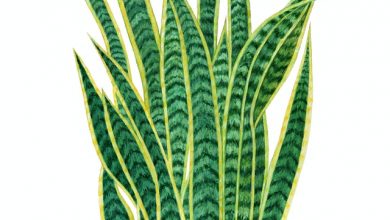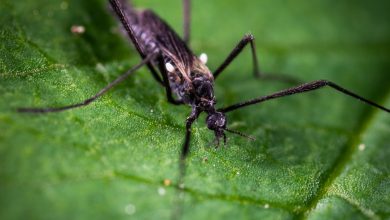8 Ways to Use Grass Clippings
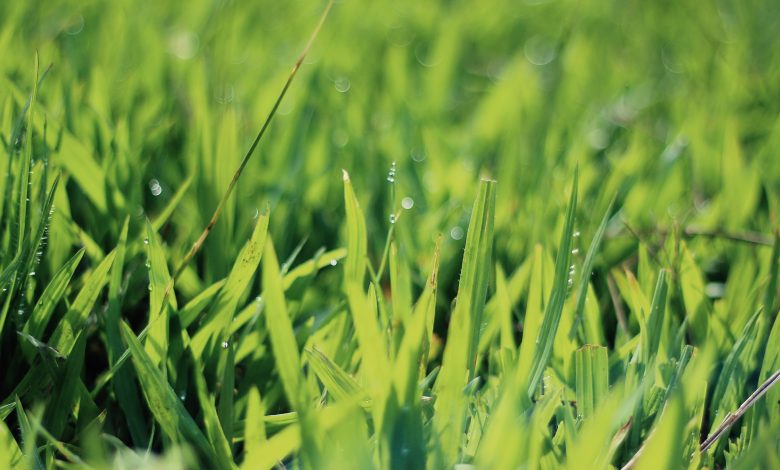
You’re a socially conscious and earth-friendly person. So when you hear that 50 percent of the garbage that goes into landfills during growing season is yard waste, you’re probably horrified. Overall, the EPA estimates that 18 percent of all landfill waste is from our yards. Luckily, instead of adding to our global waste issue, you can use your yard waste to perform a host of duties that help sustain your plants and beautify your garden. Below we’ll go over eight ways to use your grass clippings to your benefit.
Only use these techniques if you do not use chemicals or pesticides on your grass. Also, try not to mow your lawn when it’s wet. Dryer grass clippings break down faster, and damp grass clippings can cause mold and mildew to grow. But even if your grass clippings do get wet or you’re forced to mow after it’s recently rained, there are still positive uses for those clippings.
1. Leave Them on Your Yard
Of course, the easiest thing to do with your grass clippings is to leave them in your yard. While this is the easy way out, the grass clippings are still of great use to your lawn. When on your soil, grass clippings provide nutrients and help with water retention. You’re also adding back around 30 percent of the nutrients that are lost when your grass grows by simply leaving your clippings where they are.
The smaller the clippings are, the better. Smaller grass clippings work best if you’re using this technique for two reasons: they look nicer sitting on your lawn, but more importantly, only clippings under one inch will filter down into the soil. A recommended length is one-quarter of an inch.
The main reason for bagging grass clippings in the first place is to be proud of an immaculate yard. But if the grass clippings are down at a quarter of an inch, they’ll break down into the soil faster, and your yard will look tidier. This may mean cutting your lawn twice a week, but you’ll still be saving time from not bagging the grass.

2. Create a Compost Bin
Likely the most common use of grass clippings is in a compost bin. If you’re serious about gardening, you’ll want to start composting as soon as possible. A compost bin can create a sustainable supply of black gold soil that you can use to replenish your garden all season long. A compost pile is constructed of part green matter and part brown matter.
Grass clippings, you can probably guess, go in the green category. A compost bin thrives when the brown material outweighs green material at a 4:1 ratio. Dried leaves are a natural source of brown material, as are coffee filters, cotton, bark, and twigs.
Turn the pile every four to six days for two months to distribute the heat that will be building up. A helpful method for creating your compost pile is to have two or three bins next to each other. With a three-bin setup, you don’t need to worry about continually turning over an ever-growing pile of compost.
Here’s how a three-bin compost system works:
The first bin is where you will put fresh composting material. Once that starts breaking down, transfer to the second pile and wait for it to finish composting. Once the second pile is done, move to the third bin. This is where you’ll have fresh compost ready for use. During this process, you’ll be continually adding new material to the first pile, and the process seamlessly begins again.
First Pile
Over the course of a couple of weeks, fungi and bacteria will start to break down. During this stage, the heat of the pile begins to build, so you should turn over the compost now and then to spread it out evenly. You may need to wait up to a month before you start to see recognizable compost.
Second Pile
The second stage is the finishing period. You won’t need to do much at this point but wait and periodically check to see if the material is finished.
Third Pile
You’ll be able to tell that the compost is ready to be put in the third pile once the material starts to look the same. The finished compost will look like dark soil. Once the compost is finished, you’ll move it over to the third pile where it will be ready for use.
If at any time you notice your compost pile becoming dry, spray it down with water. You always want to keep the pile moist, so don’t be shy with the hose.

3. Use in Garden Beds as Mulch
When used in garden beds, grass clippings can help to keep weeds from coming up through the soil by providing a protective shield against the sun. While the grass clippings will begin as a weed deterrent, they’ll transform into nutrients for your soil, while also aiding in water retention. When grass decomposes, it releases valuable materials such as phosphorus, potassium, and nitrogen back into the ground.
Make sure not to layer the clippings too high. You want just a thin layer sprinkled on top of the soil. If the clippings are piled too high, they can retain an overabundance of water, which could lead to mold. Dry grass clippings work best in this scenario.
4. Create a Garden Cocktail
To make homemade fertilizer, you can use your grass clippings to create a potent garden cocktail. Get a bucket around five gallons in size and fill it two-thirds of the way up with water. Grab four large handfuls of grass clippings and add them to the bucket. Now set the bucket aside in a partially shaded area, and if you have a screen or mesh, add to the top of the bucket to keep out mosquitos.
Once two weeks have gone by, the fertilizer will be ready for use. Add a couple of cups to a watering can and fill the rest up with water. Your plants will soak up the nutrients from the grass and can absorb them more efficiently than with other organic fertilizers.
5. Use in Soil Mixture for Raised Beds
Raised beds make growing fresh food to cook at home simple and rewarding. If you don’t know much about raised beds, check out this article to get an overview. And if you want to build your own raised bed, we have an article on that as well.
Picking out the proper soil mixture for your garden bed is essential to its success. Different plants will perform better with varying combinations, so research your specific plants to find out what soil they perform best in.
Grass clippings are high in nitrogen, so its best to pair them with carbon-rich materials such as dried leaves. A recommended ratio is two parts dried leaves to one part grass clippings. Use this combination as the base of your mixture, cover it up with compost, and top it off with garden soil. You’ll now have a solid base to grow your garden and can customize your mix with any specialty nutrients specific to your plants.

6. Add a Layer to Flowerpots
Sprinkle a light layer of grass clippings to your flowerpots to give them a quick boost of nutrients. Grass clippings can also help if your pots are drying out faster than you can water them. The grass clippings will help the pot retain more water as they break down into the soil. You can go as high as a quarter-inch of clippings on top of your flower beds. Any more than that won’t break down fast enough.
7. Use to Clear Out Weeds
If you have a particularly weedy area of your yard that you’d like to clear out and put to use, you can use any excess grass clippings to kill off the weeds.
Start by going over the weeded area with a mower to cut it down close to the soil. Then grab a big pile of grass and cover the area with as much as four to six inches of grass clippings. Now hose down the grass clippings with water to form a mat that will prevent weeds from sprouting back up. After a few applications, the area should be clear of weeds and ready for you to plant on after tilling the soil.
8. Recycle Excess Grass Clippings
Maybe you don’t have enough time to take advantage of these varying uses of grass clippings, or you have so many clippings that you still have excess after putting the rest to use. Either way, there’s no shame in not wanting to go through the effort of creating a compost pile or drowning grass in a bucket, or maybe you don’t like how grass clippings look on top of your garden beds.
If this is you, but you still want to be environmentally conscious, there should be a grass clipping recycling center in your area. If your town doesn’t have weekly yard waste pickup, you should be able to find a residential compost site or a yard waste recycling center near you.
